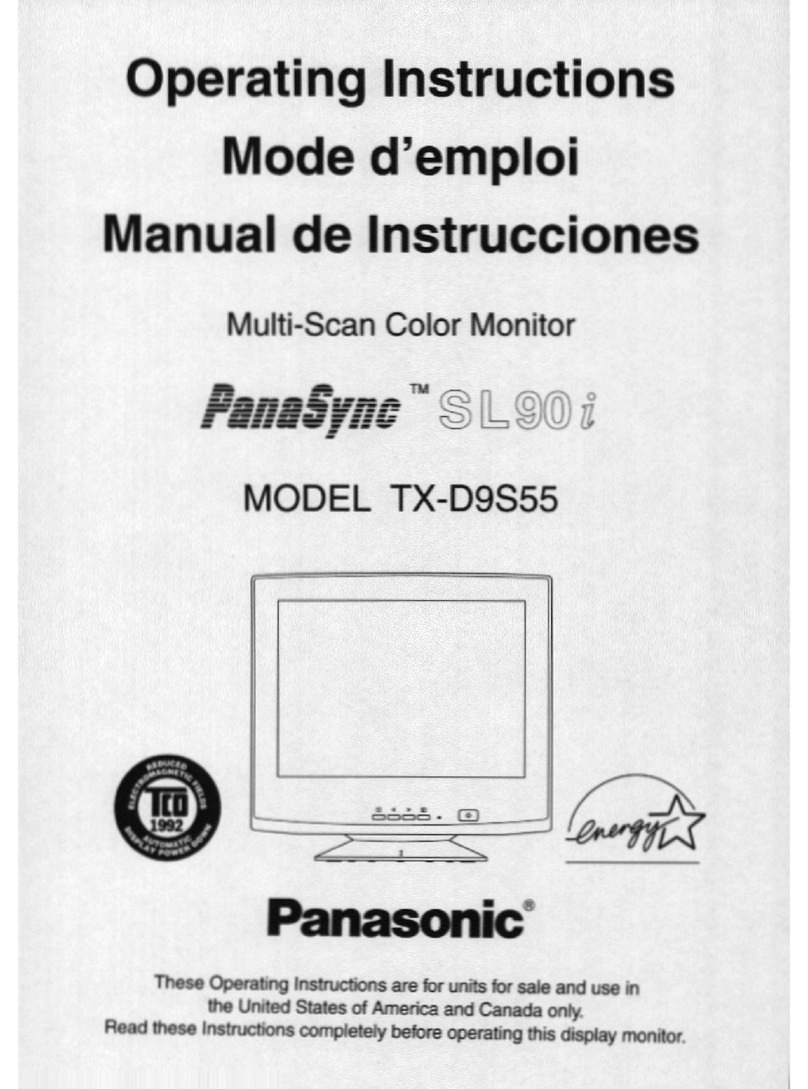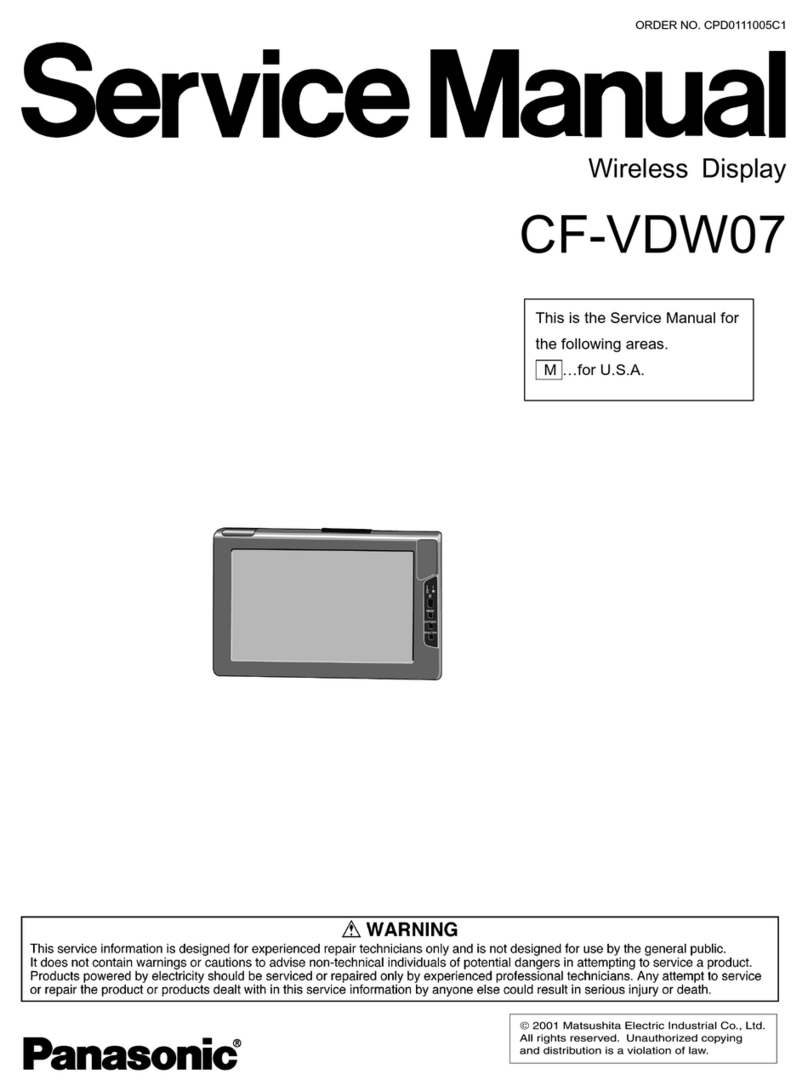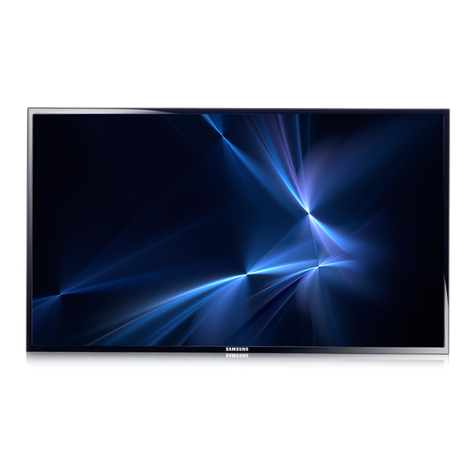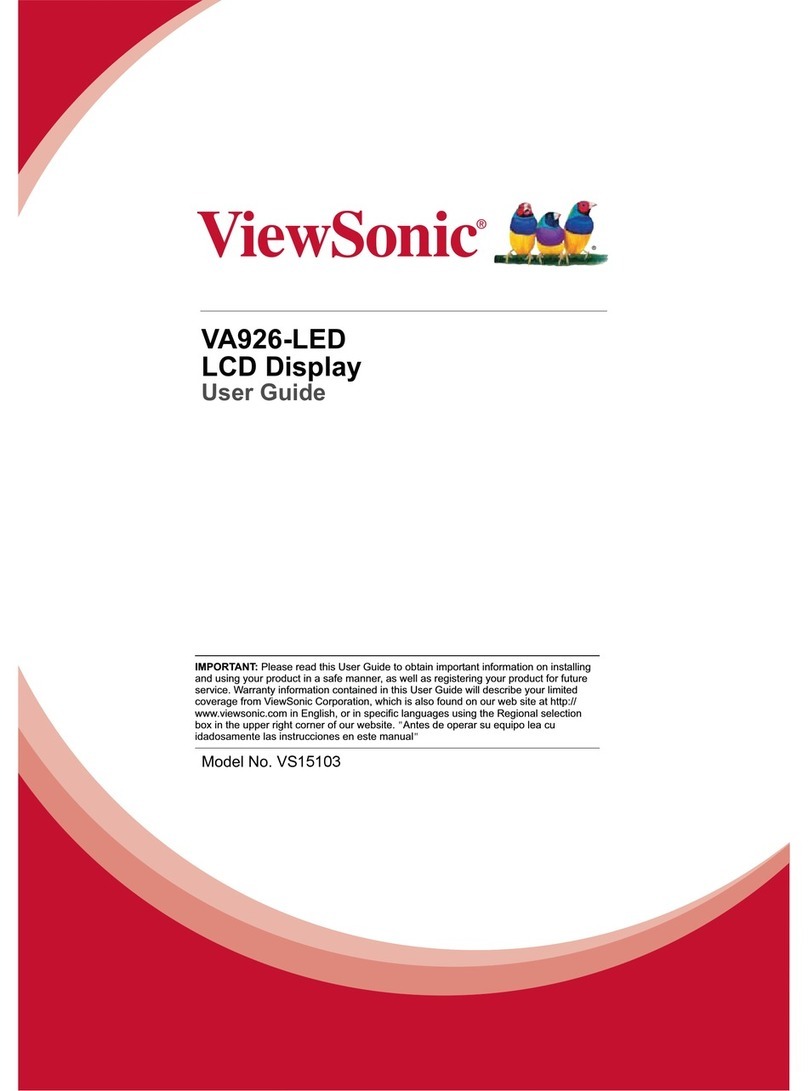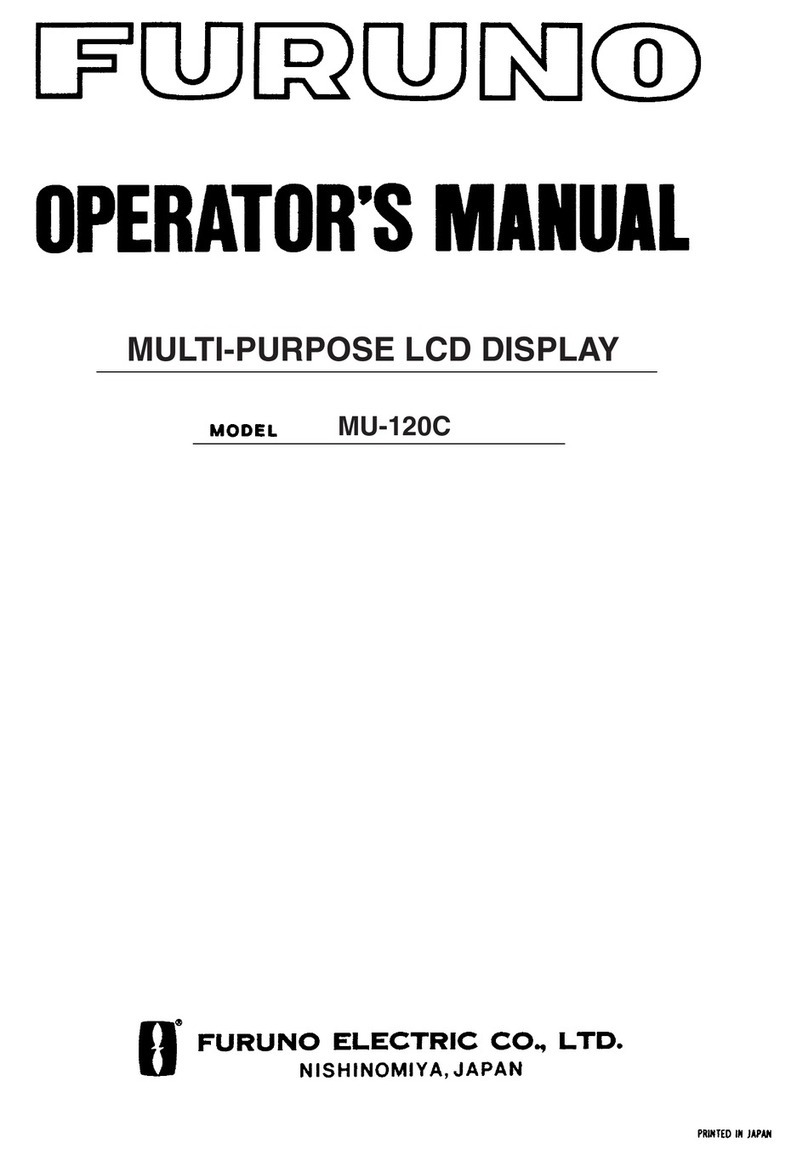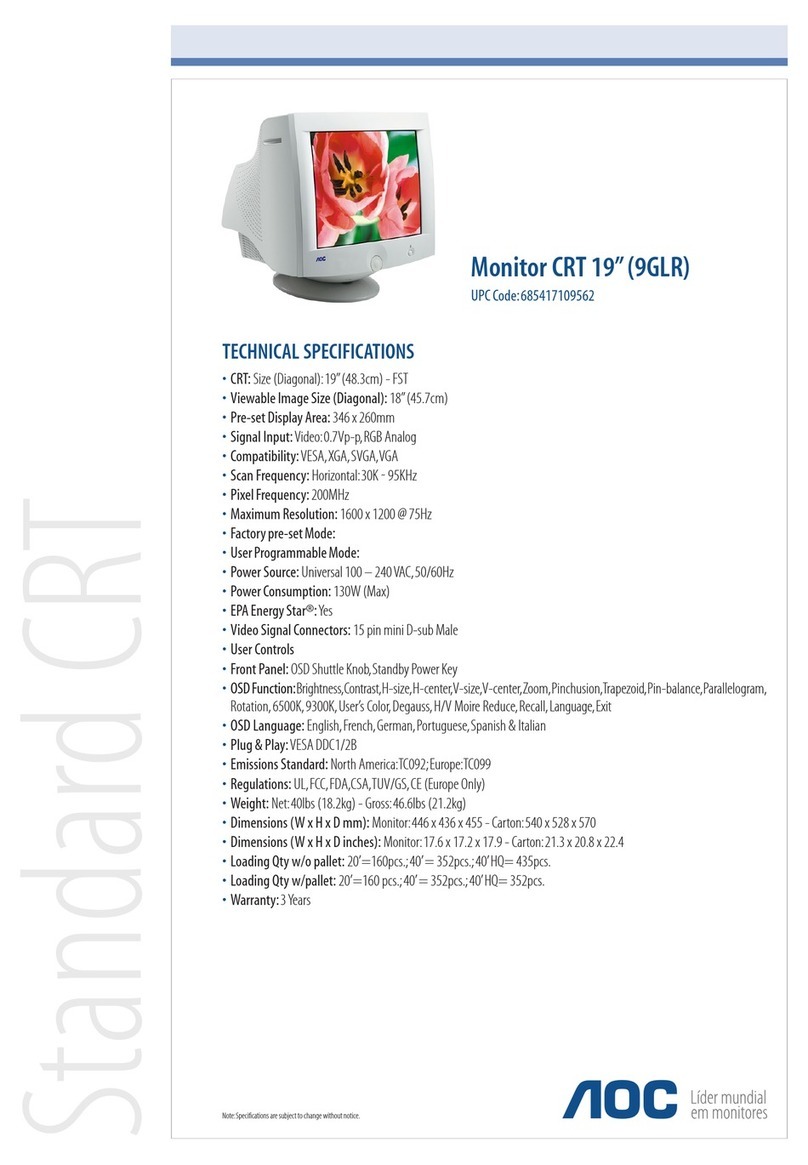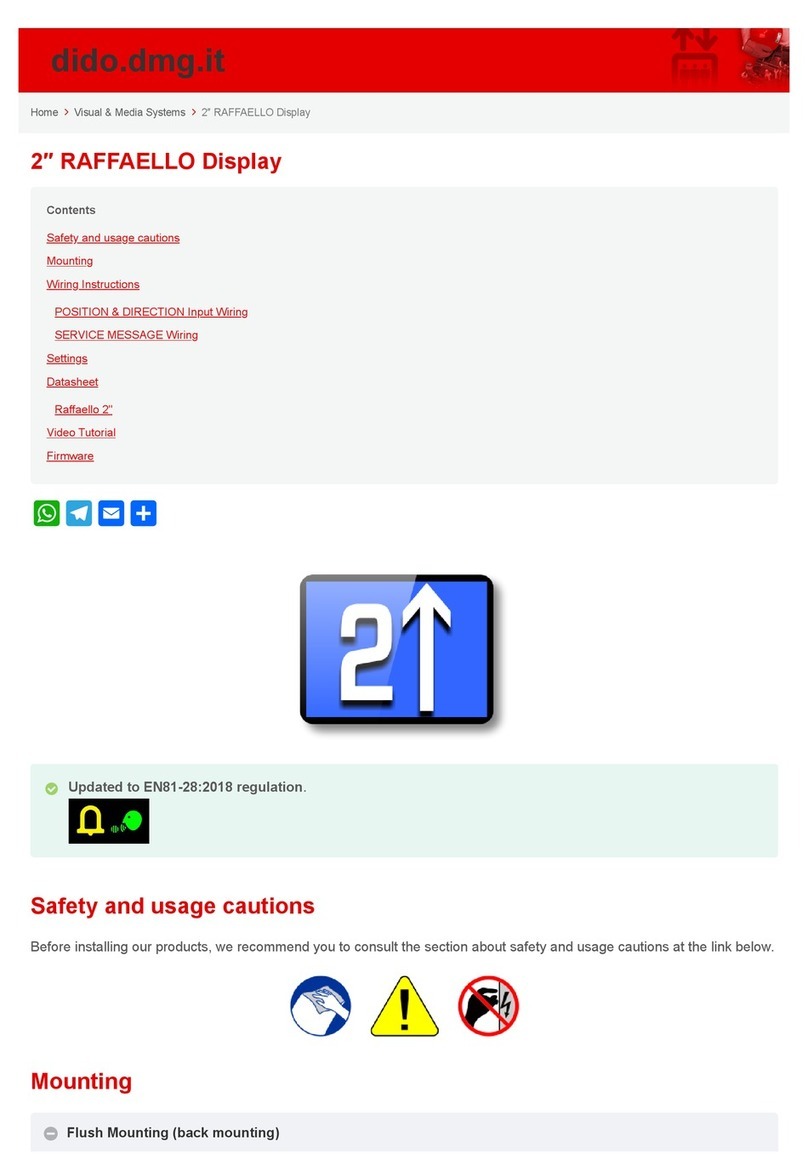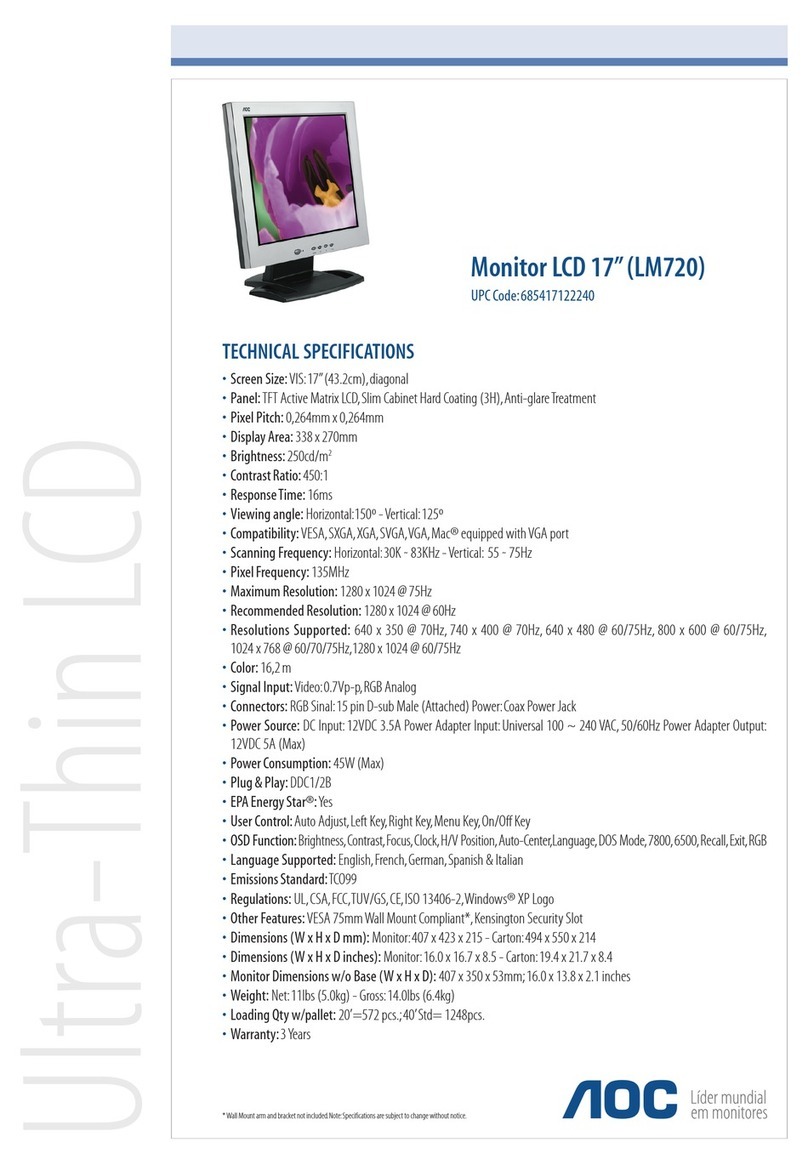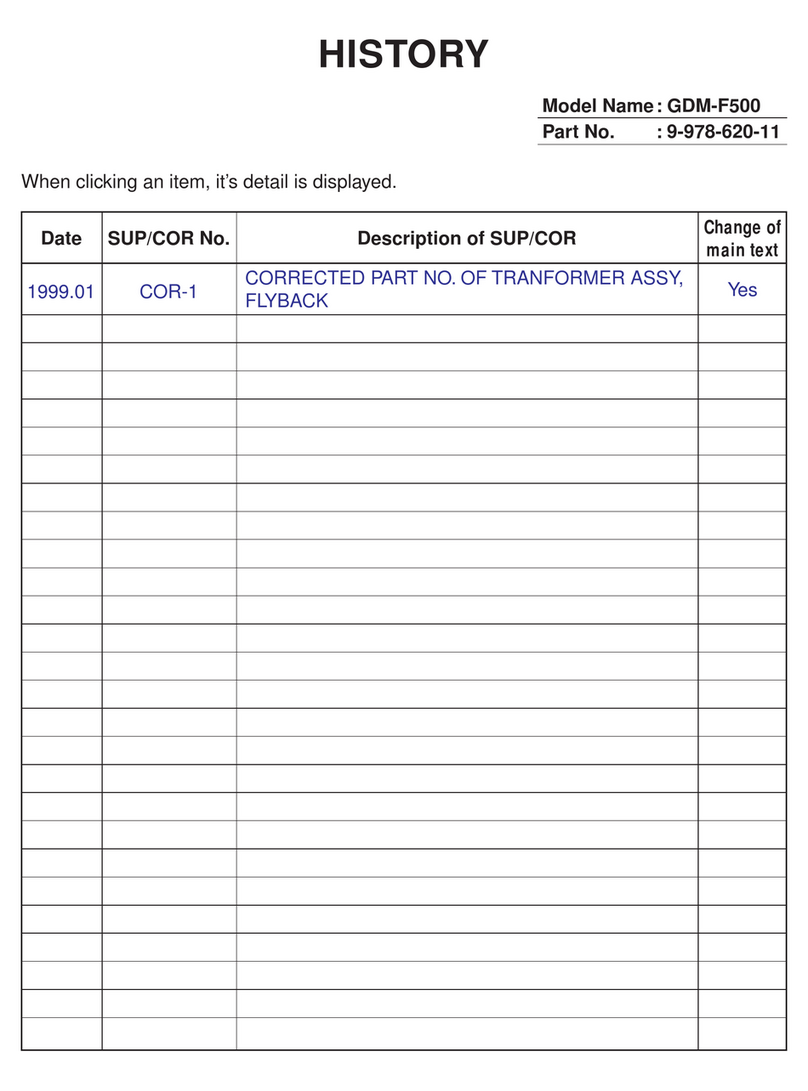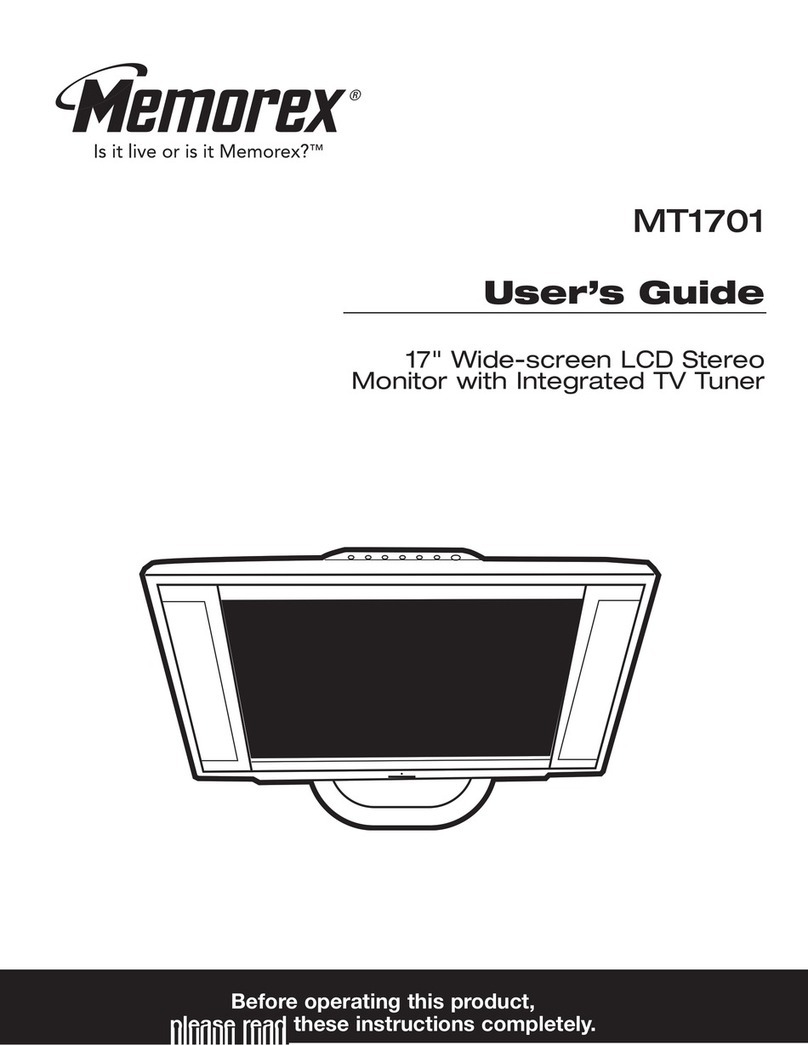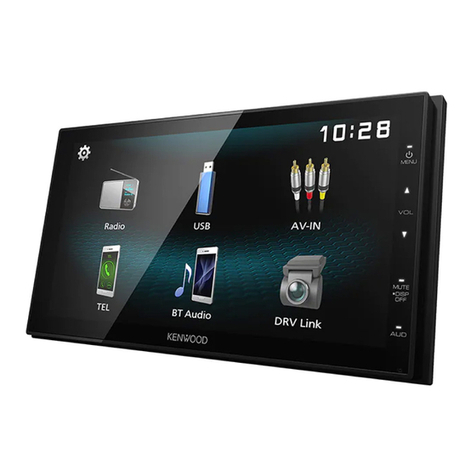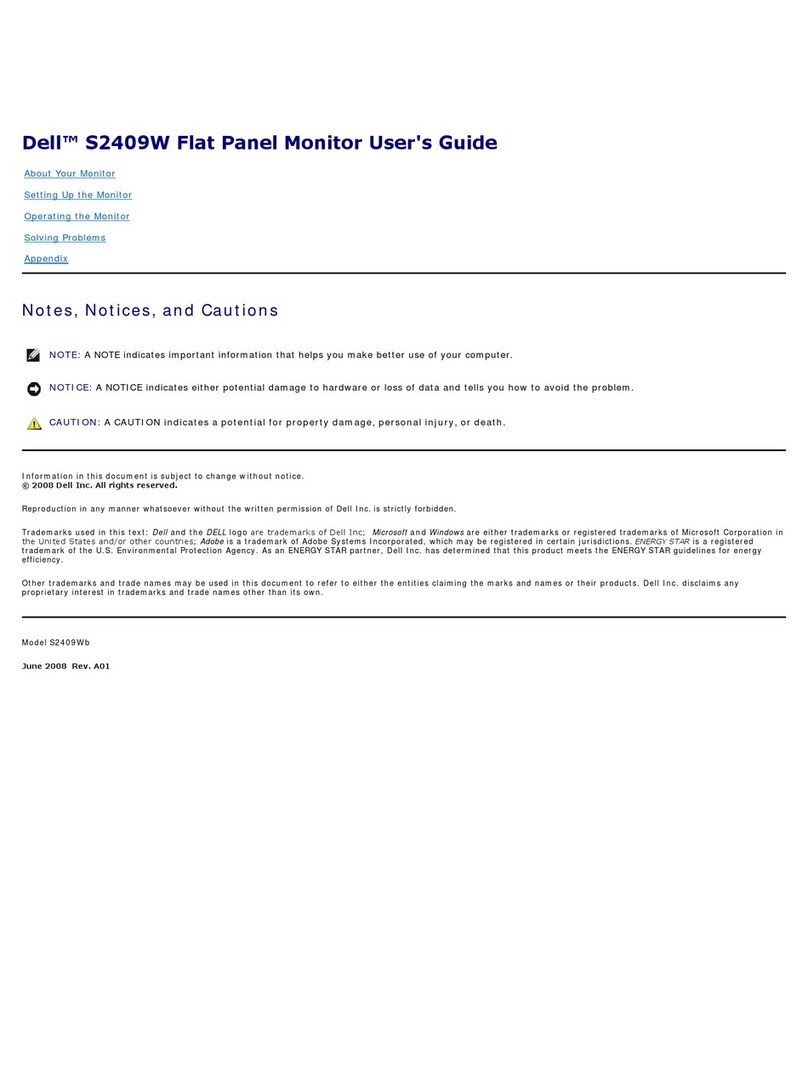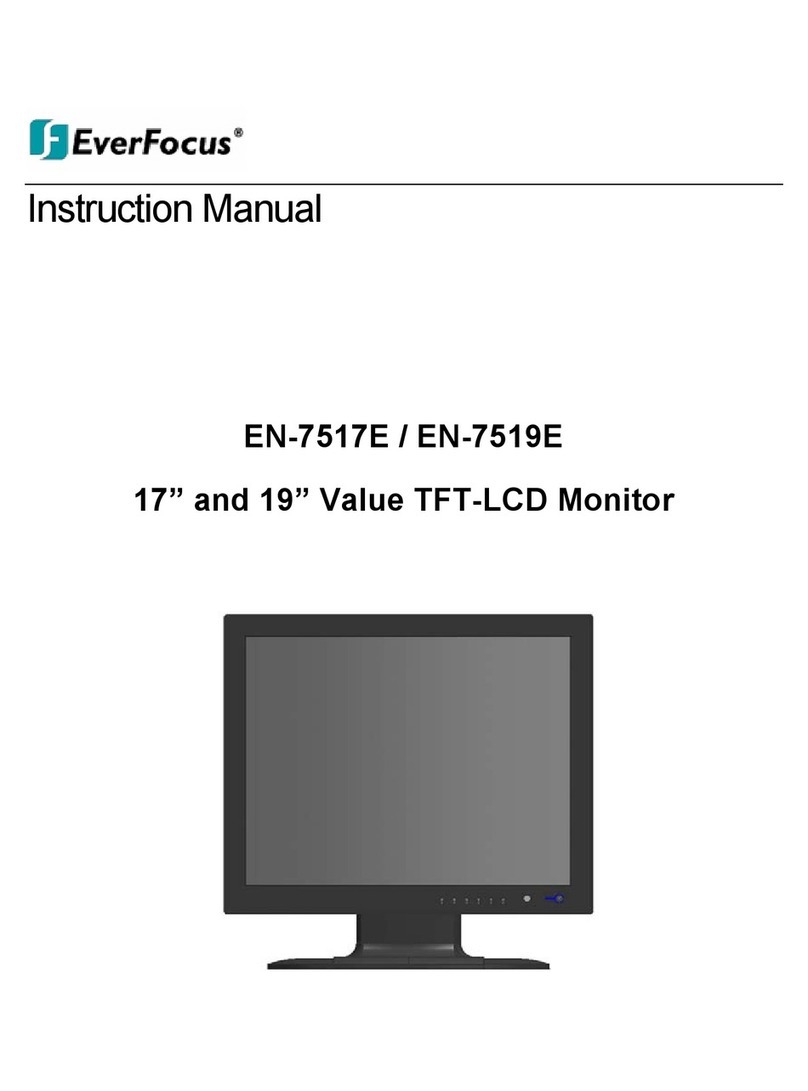Panasonic PT-40LC12 User manual
Other Panasonic Monitor manuals

Panasonic
Panasonic TH-50PH30E User manual
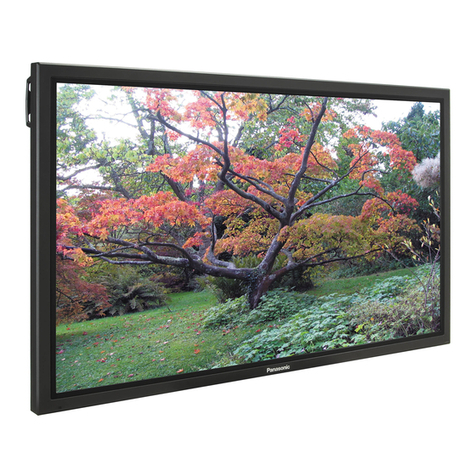
Panasonic
Panasonic TH-42PF30U User manual
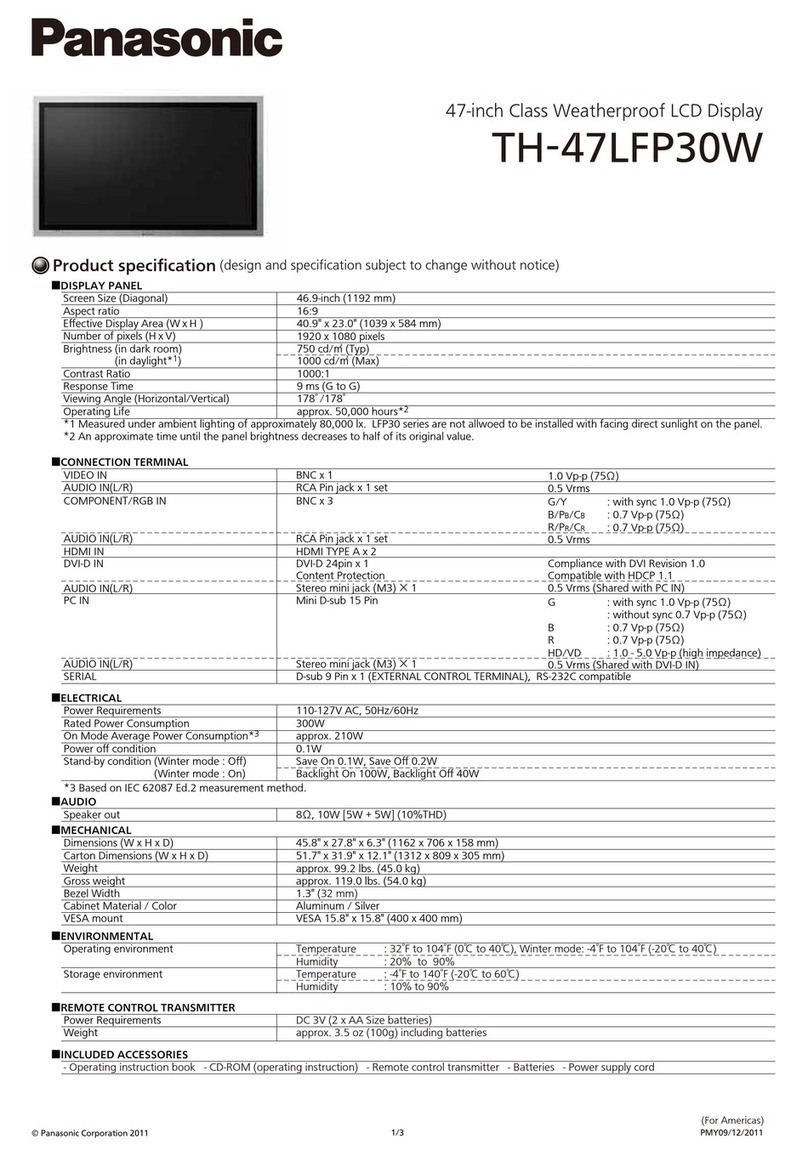
Panasonic
Panasonic TH-47LFP30W User manual
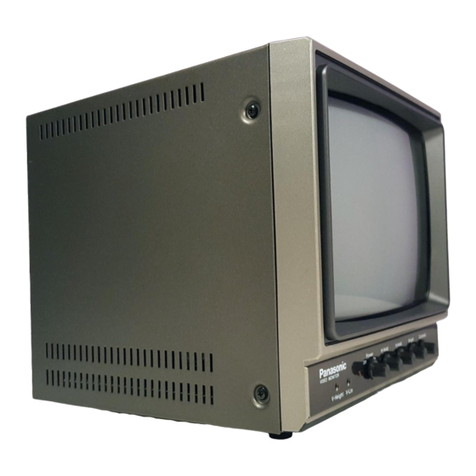
Panasonic
Panasonic TR-930 User manual

Panasonic
Panasonic TH47LF20U - 47" HD LCD TV User manual

Panasonic
Panasonic TH-85PF12UK User manual
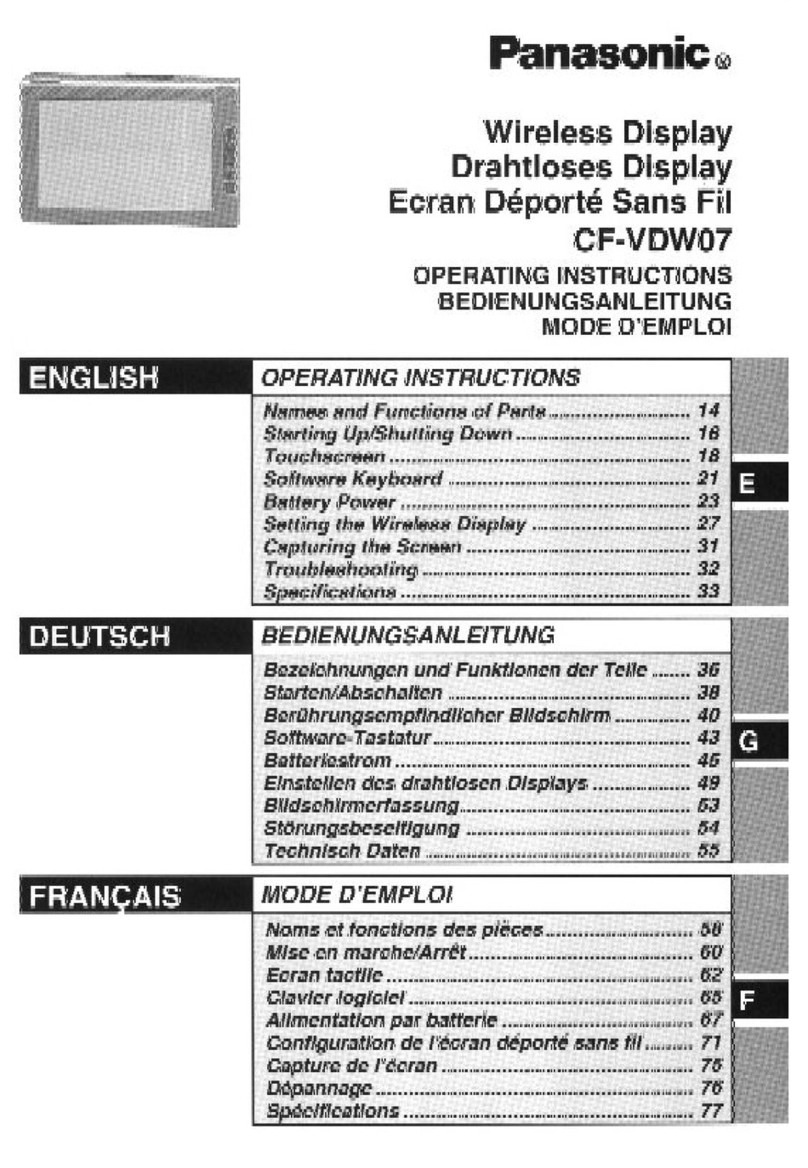
Panasonic
Panasonic Toughbook CF-VDW07 User manual

Panasonic
Panasonic CF-VDL01 User manual

Panasonic
Panasonic TH-58PF12UK User manual

Panasonic
Panasonic TH-50PHW7BX User manual

Panasonic
Panasonic TH-42LF25ER User manual

Panasonic
Panasonic BTS950 - COLOR VIDEO MONITOR User manual
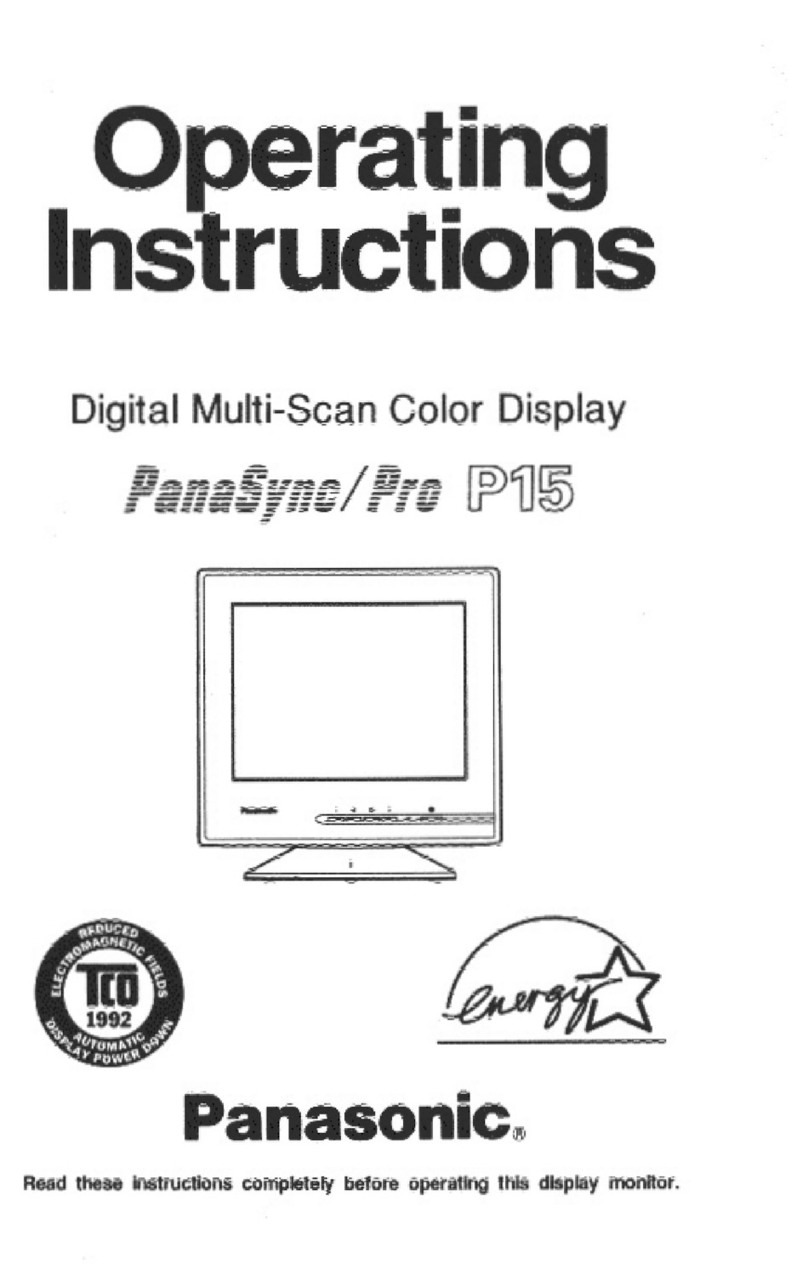
Panasonic
Panasonic PANASYNC P15 User manual

Panasonic
Panasonic BT-4LH310P User manual

Panasonic
Panasonic BT-LH910G User manual
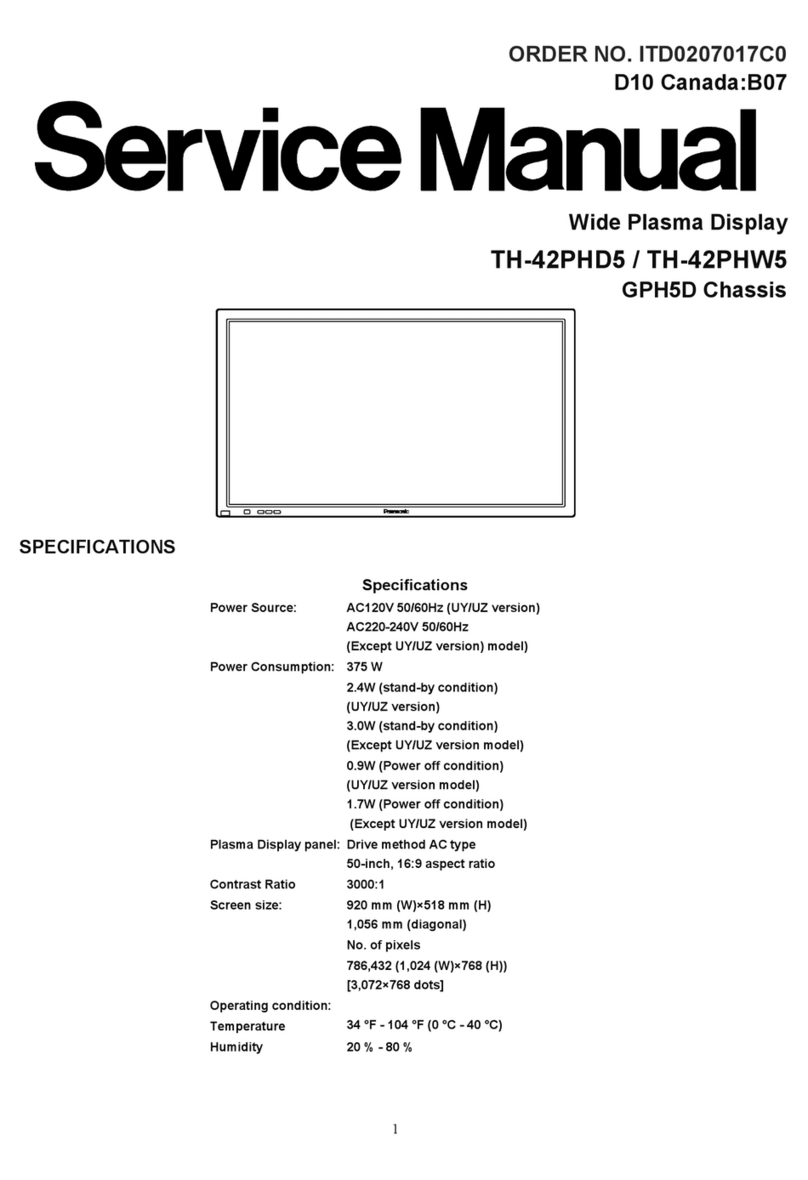
Panasonic
Panasonic Viera TH-42PHD5 User manual
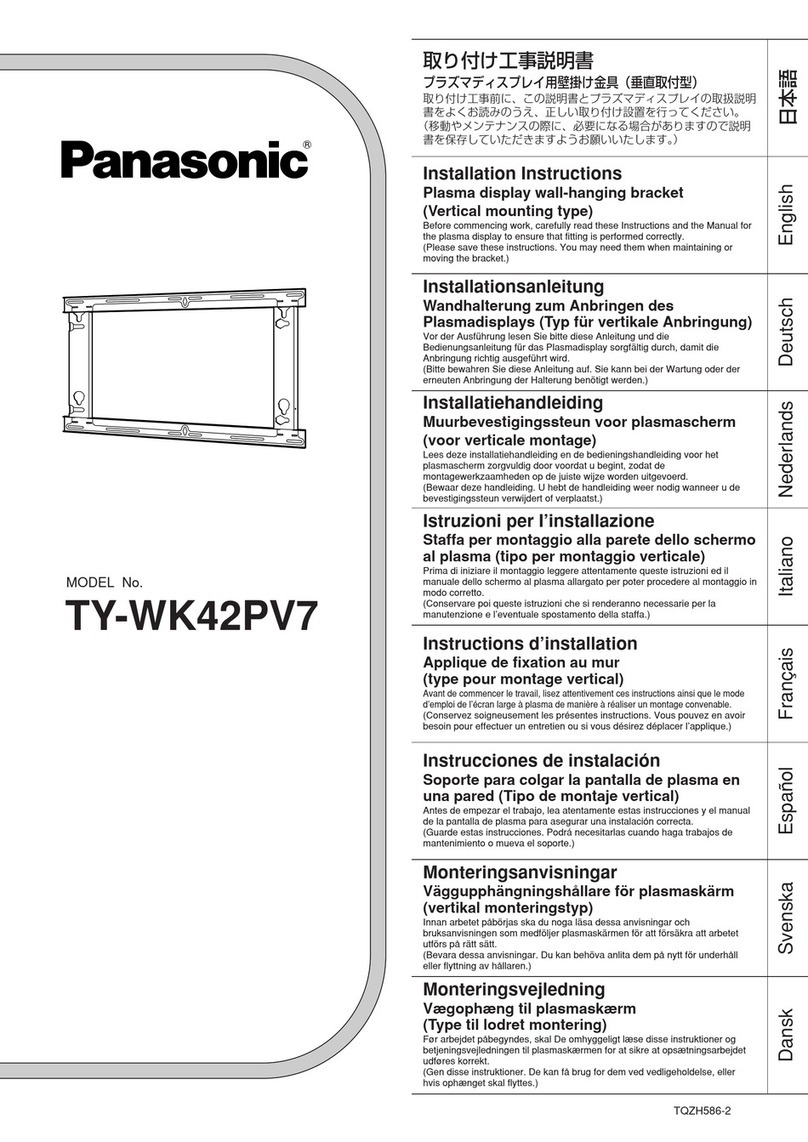
Panasonic
Panasonic TY-WK42PV7 User manual

Panasonic
Panasonic BT-LH910G User manual
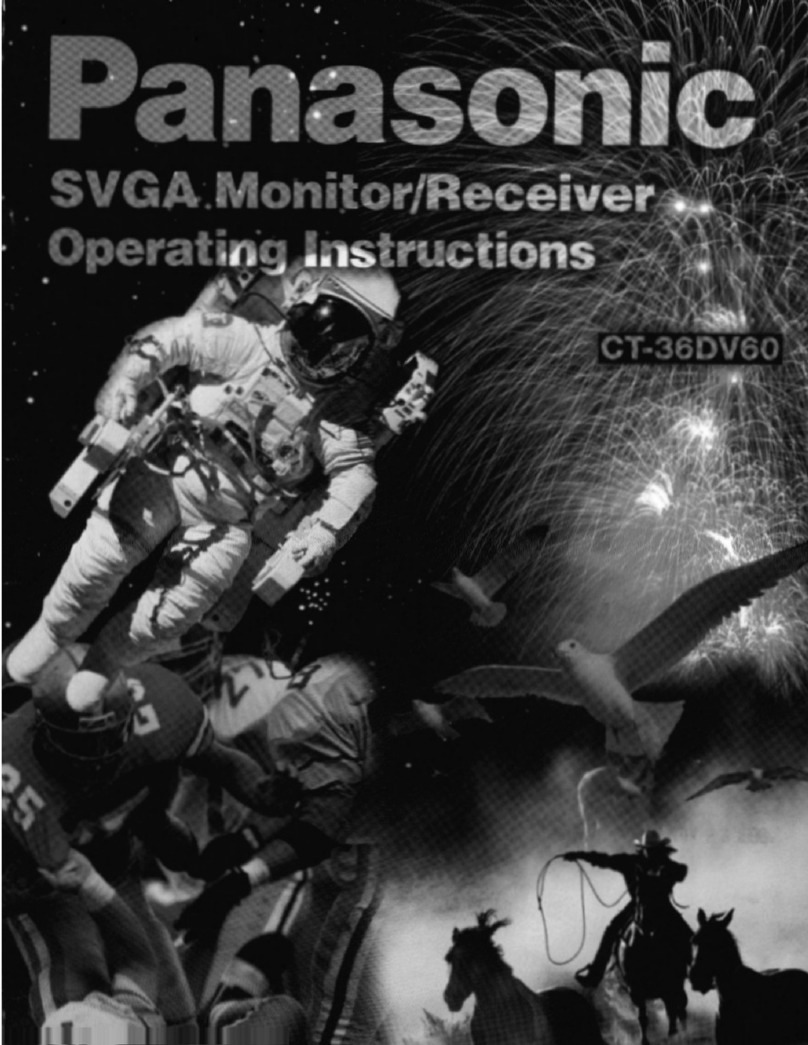
Panasonic
Panasonic CT-36DV60 User manual

Panasonic
Panasonic TH-L47WT60A User manual
